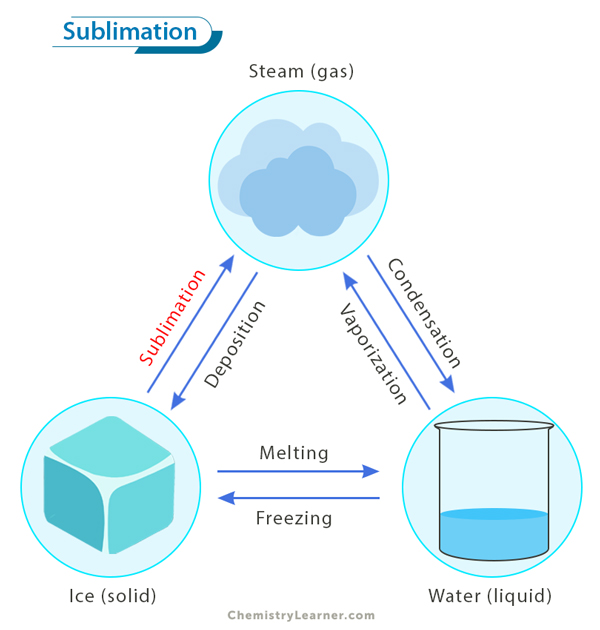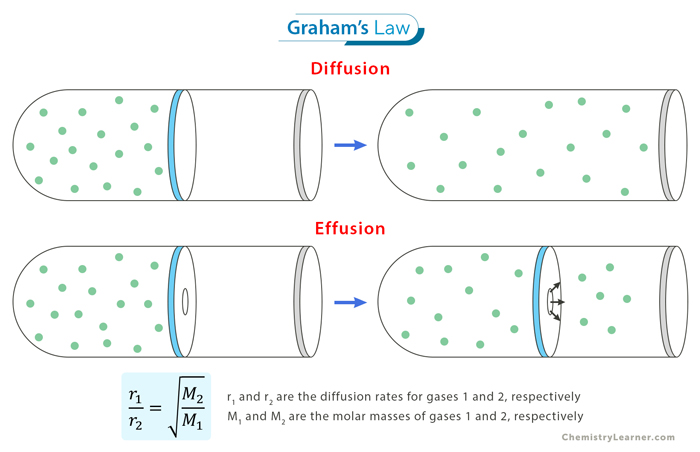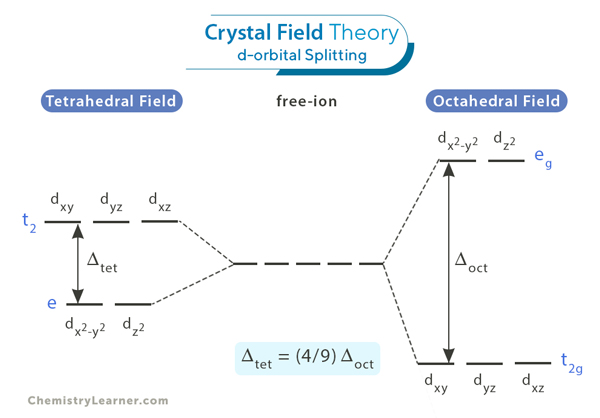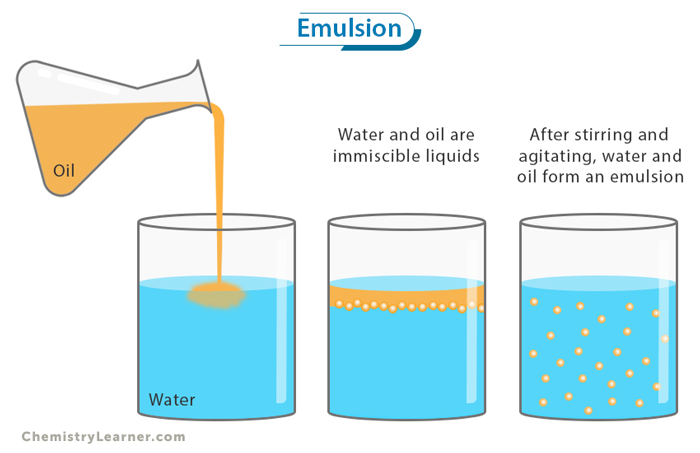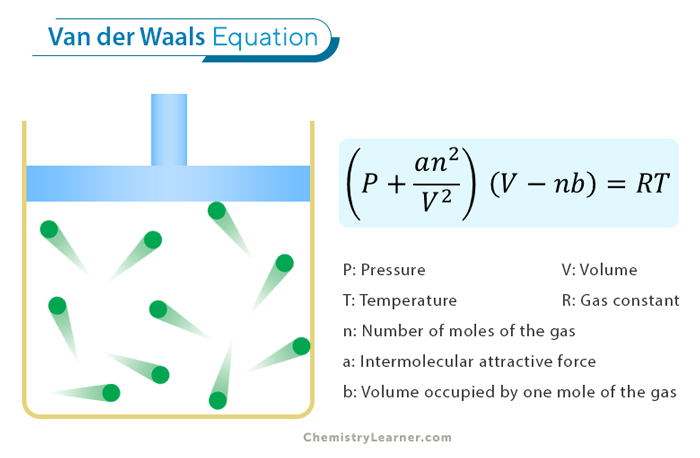Thermite Reaction
What is a Thermite Reaction
A thermite reaction or process is an exothermic redox reaction between iron (III) oxide (Fe2O3) and aluminum (Al) in powder form. This mixture of aluminum and iron oxide is called thermite. It is known for its ability to produce extreme heat upon ignition, accompanied by light. This combustion reaction is violent, and precautions must be taken, even if the reaction produces sparks in small areas [1-4].
German chemist Hans Goldschmidt discovered the thermite reaction in 1893. It wasn’t until 1899 that the city of Essen decided to put it into commercial use.
Chemical Equation
The balanced chemical equation for a typical thermite reaction is as follows: [1-4]
2 Al (s) + Fe2O3 (s) → 2 Fe (s) + Al2O3 (s) ΔH = – 842.6 kJ/mol
Here, iron (III) oxide (ferric oxide, Fe2O3) and aluminum (Al) metal powder undergo a redox (reduction-oxidation) reaction to form iron (Fe) metal and aluminum oxide (alumina, Al2O3). Al is oxidized, and Fe2O3 is reduced to molten Fe. An external source of oxygen is not required in this process since thermite has its oxygen supply. Due to this reason, the reaction can occur underwater.
At room temperature, the reactants remain stable. The temperature of the thermite mixture must be increased for the reaction to overcome the activation energy barrier. The reactants are mixed with a binder to keep the material solid and prevent separation.
Thermal energy in the form of heat is released from the reaction. Temperatures up to 2500 degrees Celsius have been observed. The heat of formation of the reactants and products and Hess’ Law are used to determine the enthalpy change (ΔH). It was found that the reaction releases 842.6 kJ/mol of energy.
Uses and Applications of Thermite Reaction
Over the years, the thermite reaction has been used in thermite welding for joining metals. The reaction heats the metal parts to a very high temperature. They are pressed together to create a molten pool that then hardens. It is a fusion process applied to join cracked machine parts and connect railway tracks. Aluminum is used in thermite welding because it has more affinity toward oxygen, thereby reducing iron (III) oxide to iron [1-4].
Some thermites are also used to extract metals from their ores. When highly reactive metals such as sodium, calcium, and aluminum are used as reducing agents, they displace metals of lower reactivity from the compound.
The thermite reaction is ideal for use in incendiary bombs and grenades, especially during war.
FAQs
Ans. A copper thermite reaction occurs when copper oxide combines with aluminum to create electric joints by a process known as cadwelding.
Ans. When ice is mixed with thermite, the reaction releases a vast amount of energy, causing the ice to turn into vapor.

